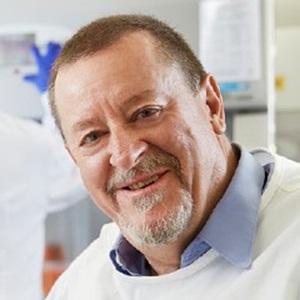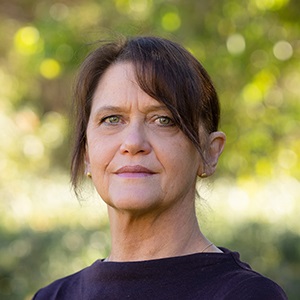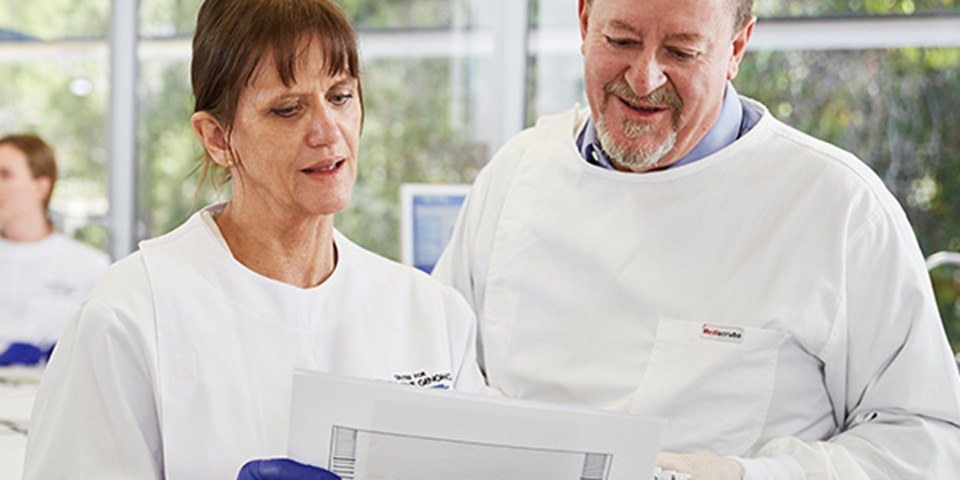Pioneering treatments for Duchenne muscular dystrophy
Areas of research
Molecular Medicine
Lead researchers

Professor Steve Wilton
View staff profile
Professor Sue Fletcher
View staff profile
Research led by Professor Steve Wilton and Professor Sue Fletcher and licensed to Sarepta Therapeutics has delivered two treatments for Duchenne muscular dystrophy (DMD).
What was the need for this project?
Mainly affecting boys, DMD is an inherited disorder that causes progressive muscle weakness and loss of muscle mass. People with this disease are typically wheelchair dependent by age 12 and many do not survive beyond their mid-20s.
Although a rare disease, DMD is the most common of the childhood muscular dystrophies and was long considered untreatable.
How the project was completed
The DMD treatments developed by the Perth team are compounds that specifically redirect the cell machinery into ignoring the disease-causing error, acting as genetic ‘whiteout’ to mask the problem. The concept of tricking cells to skip genetic errors to treat Duchenne muscular dystrophy evolved more than 25 years ago, during the development of diagnostic screening for neuromuscular diseases.
These therapeutic compounds are then tailored to address specific disease-causing mutations, with one compound ‘Eteplirsen’ relevant to about ten percent of DMD boys and another ‘Golodirsen’ applicable to nine percent of cases.
Results and achievements for this project
Collaborative research with Sarepta Therapeutics spanning two decades delivered the first approved molecular therapy for DMD in 2016. A second drug, Golodirsen, has received accelerated approval by the U.S. Food and Drug Administration.
While this means ongoing evaluation of treatment related benefits is required, the treatment is now accessible to patients in the USA. Boys receiving the exon skipping treatment in the United States have maintained the ability to walk into their mid- to late-teens, whereas without treatment, they would expect to be wheelchair bound around 12 years of age.
The breakthrough treatments are part of a larger body of work developing compounds that could treat a large proportion of DMD sufferers. It has been estimated that around 80 per cent of DMD individuals could respond to this type of treatment, if all the potential drugs were brought into the clinic.
Lead researchers

Professor Steve Wilton
View staff profile
Professor Sue Fletcher
View staff profileAreas of research
Molecular Medicine
Lead researchers

Professor Steve Wilton
View staff profile
Professor Sue Fletcher
View staff profile